The Origins of Our Current Formulation of the Human Body
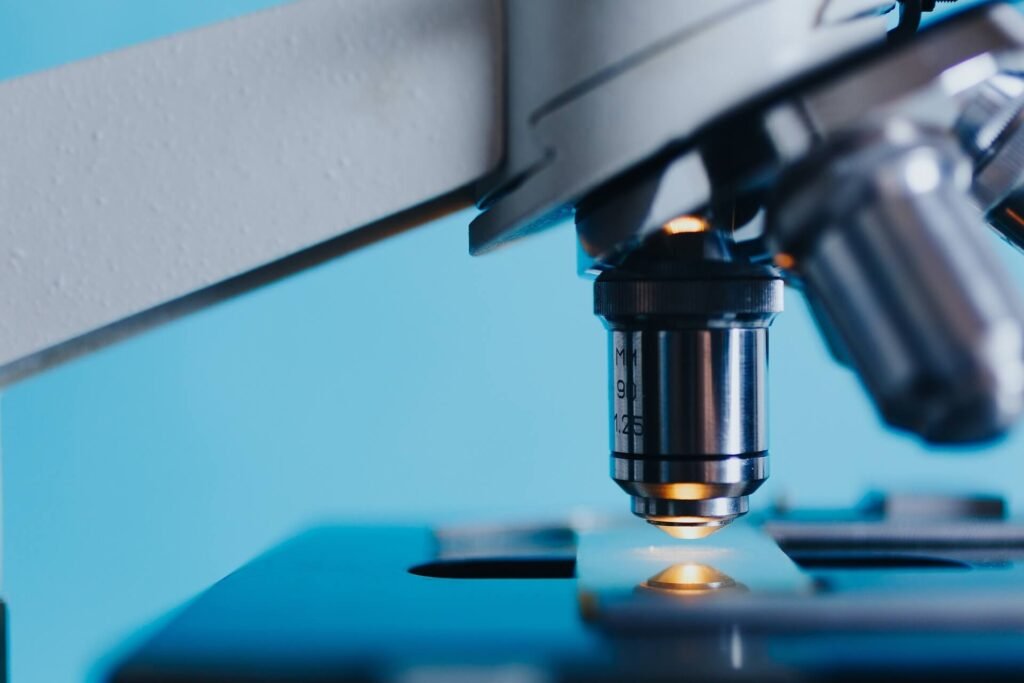
Summary: Ethel D. Hume’s book ‘Béchamp or Pasteur? A Lost Chapter in the History of Biology’ challenges the conventional medical wisdom that is influenced by Louis Pasteur’s germ theory. Instead, Hume promotes Antoine Béchamp’s holistic approach. Hume’s argument is still relevant today, urging reconsideration of medical paradigms like Type 1 Diabetes treatment.
I have just finished reading the book ‘Béchamp or Pasteur? A Lost Chapter in the History of Biology’ by Ethel D. Hume. This book has challenged the way we think about our own bodies and the ‘illness’ of Type 1 Diabetes that our doctors tell us we have.
About The Book: Hume’s Attitude
Hume’s book is an exposé about the very beginnings of the germ theory of modern medicine. At the root of this issue, Hume argues, is the conflicting views and theories of two groups of scientists. The first group was led by the French chemist and microbiologist Louis Pasteur (after whom ‘pasteurisation’ – a preservation technique used up to the present day that uses heat to eliminate bacteria and thus extend the shelf-life of products – is named).
The second group was led by his contemporaneous counterpart, and eventual adversary, Antoine Béchamp. Hume argues that medicine of today has been led astray by the erroneous, and sometimes fabricated, experimental results of Louis Pasteur. Hume believed that Pasteur’s conclusions have been accepted into the mainstream largely because Pasteur, unlike Béchamp, was a fabulous self-promoter who yearned for fame and glory in the scientific, and worldwide, community. He therefore promoted his findings as widely as he could (including to Napoleon III at Tuileries Palace in 1863!) and thus became sanctified in medical knowledge.
By contrast, Béchamp was a very unassuming man who did excellent scientific work but who was more retiring when it came to promoting his works widely. Unfortunately, he felt that his works would speak for themselves and that this was be sufficient. This turned out to not be the case.
On top of blaming Pasteur’s arrogance and self-promotion, Ethel Hume also believes the lack of appreciation of Béchamp’s works can also be blamed on mankind as a whole for not being clever enough to not be led astray…
“the majority of mankind, ignorant of the cytological elements, have been delighted with a crude theory of disease which they could understand, and have ignored the profound teaching of Professor Béchamp.” (Hume, 1923/2017, p. 219)
This book was not a happy book to read. I didn’t come away feeling fulfilled in any way. Not just because the content is complicated and, at times, hard to grasp. But also because Ethel Hume writes with such detest for Pasteur that I felt her argument at times descended into a bit of a moan fest about all that Pasteur had done wrong and how the wonderous, honourable Béchamp had been side-swiped. Indeed, she goes as far as to conclude her book with a final sentence that calls Pasteur a ‘fraud and charlatan’ (Hume, 1923/2017, p. 343)! I wish she had had a bit more of the discernment that her hero Béchamp demonstrated!
The Pasteur/Béchamp Balance: The Need for Béchamp’s Work Today
I understand Ethel Hume’s desire to redress the balance that she feels has been left out-of-balance by Pasteur’s wrongdoings but I feel that Béchamp’s work could have stood on its own in the debate, without such emphatic declarations of fraud and wrongdoing on Hume’s part. However, this book was published over 100 years ago, in 1923. I am aware that scientific writings in that time, such as those written by Freud, were as much personal writings as they were scientific proofs, a fine blend of friend-to-friend analogies and stories combined with excerpts of scientific rigour and experimental findings. Therefore, perhaps I am being unfair in expecting something more scientifically robust and emotionally neutral of a writer from this time period.
My view on the validity of the contributions to medical knowledge of Pasteur and Bechamp are also not as one-sided as Hume. I believe that modern medicine needs both the germ theory of Pasteur and the environmental and corporeal contribution to health that Béchamp argued for. After all, without Pasteur’s germ theory, there would be no antibiotics to treat viral infections and infected wounds. The bubonic plague that killed 50 million people in the 14th century would not have had such a devastating impact if antibiotics were available then!
However, I am equally aware that the plague of the today’s world is chronic illness, with the World Health Organisation (WHO) estimating that noncommunicable diseases (otherwise known as chronic illnesses) ‘kill 41 million people each year, equivalent to 74% of all deaths globally’. Of these, WHO states that 2 million are killed by diabetes (please note, though, that there is no delineation between the different types of diabetes in this figure). Perhaps a medical science based on Béchamp’s understandings would have taken us to a different point today, where more answers would have been found for chronic diseases, but maybe fewer for bacterial infections.
Progress Between Then And Now
What is particularly interesting about this piece of writing, considering the timeframe within which it was written, is how little progress we have really made between then and now in terms of developing a more holistic view of the human body. We’re still dominated today by a medical viewpoint that is looking for the germ or the piece of DNA or the bodily cell that has ‘gone wrong’ and needs ‘fixing’. We still believe that the illness is caused by something in the body (unless it something more obvious like, say, an allergy, but even then it is the body’s reaction to the stimulus that is ‘wrong’ rather than the presence of the allergen in the first place!).
The medical community mostly does not consider the environment (both internally and externally) of a patient and how that may be contributing to the illness or disease. For this reason, I feel it was worth leaning more closely towards this book’s contents and considering what may be gleaned for us today, searching to understand the highly medicalised version of Type 1 Diabetes in a new way.
With this attitude in place, I am going to try to outline the scientific theories of Pasteur and Béchamp, as outlined in this book, and then draw them into perspective for the relevance for Type 1 Diabetes today.
Pasteur’s Argument: All Illnesses Are Caused By Germs
“For Pasteur… there is no spontaneous disease; without microbes there would be no sickness, no matter what we do, despite our imprudence, miseries and vices!” (Hume, 1923/2017, p. 218)
In Pasteur’s view, we are not responsible for our diseases, they ‘happen’ to us through the arrival of germs into our lives. By contrast, Béchamp provided multiple paths to consider in the development of disease (or dis-ease, perhaps!). I shall look at each of these in turn now.
Béchamp’s Alternative: Illnesses Are A Result Of The Bodily Environment
Béchamp took the polar opposite view to Pasteur. His rigorous scientific research gave rise to the conclusion that it is the environment itself, that which the cell is surrounded by, which will determine whether or not the cell develops a disease. Béchamp postulated that multiple factors could influence this environment. The first contributing factor that Hume highlights Béchamp considered as important in the development of illness was the place where the disease started:
“Diseased microzymas should be differentiated by the particular group of cells and tissues to which they belong, rather than the particular disease condition with which they are associated.” (Hume, 1923/2017, p. 243)
This belief is in alignment with the ancient practice of Tantra. Tantra outlines seven chakras of the body, which are understood to be centres in the body that are of physiological and psychical importance. In diabetes, it is believed that the third chakra, known as the Solar Plexus, is blocked. Thus, the energy of the cells and tissues surrounding the pancreas is disrupted and it is this disruption in the energy of the cells that is believed to contribute to the illness of diabetes that prevails.
I believe that this postulation of Béchamp’s (that environment matters) is key. We are so focussed on trying to ‘fix the disease’ of diabetes, to find ways to get the beta cells doing what they should be doing. But what about providing the right environment so that the beta cells decide of their own accord to switch back to producing insulin? How do we create the environment so that they do that? Ethel Hume hints at an answer:
“In place of the modern system of treating the phantom of a disease-causing entity, and trying to quell it by every form of injection, scientific procedure on Béchamp’s lines would be to treat the patient taking into account his personal situation and characteristics; for those depend upon his anatomical elements, the microzymas, which, according to Béchamp, build up his bodily frame, preserve it in health [and] disrupt it in disease” (Hume, 1923/2017, p. 247).
Béchamp’s Role For Nutrition
As well as the environment that the diseased cells exist in, Hume highlighted how Bechamp’s work has led his collaborators to also question the role that nutrition plays in the health of the body:
“Is the supply of these little living bodies in the food essential to the continued vitality of human beings, or is it not?… He [Lord Geddes] thought there was the possibility – many think the extreme probability – that the presence of these little living bodies in the food is essential to health.” (Hume, 1923/2017, p. 259)
Whilst I am yet to hear that food is rich in these ‘little bodies’ (microzymas), I do not think it is a stretch too far to consider the role of food in our health, in order to create the ideal bodily system within which our beta cells can prosper and produce insulin again.
Béchamp’s Belief That Cells Can Revert To Their Primary Function
Indeed, my previous discussion about how delta cells can turn back into insulin-producing beta cells (see here) aligns perfectly with Béchamp’s early theories about the reversal of disease within microzymas:
“Similar observations had already been made by Professor Béchamp, who, with his collaborators, had demonstrated the connection between a disturbed state of body and the disturbed state of its indwelling particles, which, upon an unfavourable alteration in their surroundings, are hampered in their normal multiplication as healthy microzymas and are consequently prone to develop into organisms of varied shape, known as bacteria. Upon an improvement in their environment, the bacteria, according to Béchamp’s view, may through a process of devolution return to their microzymian state, but much smaller and more numerous than they were originally.” (Hume, 1923/2017, pp. 275-276)
Whilst Béchamp’s work obviously focussed on bacteria and diseases that result from them, I do not feel it is particularly far-fetched to wonder if the same process may not be at work in ‘non-diseased’ cells, such as the beta cells that are so infamously “broken” in Type 1 Diabetes. As such, could these ‘smaller and more nuemours’ cells that Hume speaks of be the ‘abnormal gene’ that Daniel Darkes (link) was found to possess after his Type 1 Diabetes was healed…?
Béchamp’s Role For Beliefs In Health
Although slightly unrelated to the work of Béchamp that so far been discussed in this book, Hume continues her discussions on the implications of Béchamp’s work by outlining a case study of two men exposed to a disease called hydrophobia (known today as ‘rabies’):
“Two young Frenchmen were bitten at Havre by the same dog in January 1853. One died from the effects within a month, but before this the other young man had sailed for America, where he lived for fifteen years in total ignorance of the death of his former companion. In September 1868, he returned to France and learned of the tragedy, and then himself developed symptoms; within three weeks he was dead of hydrophobia! (Hume, 1923/2017,p. 291)
Even though I wasn’t particularly sure how this case study fitted in with Béchamp’s work, I found it fascinating in its own right. This example beautifully illustrates the importance of our beliefs in the trajectory of illnesses. As people with Type 1 Diabetes, we are led to believe by our medical practitioners that we have an incurable and potentially life-limiting disease and that this disease has only one outcome: a horrible decline towards death. For us, therefore, our beliefs around Type 1 Diabetes need to be tackled. Hume argues that ‘the avoidance of fear is… of fundamental importance after a dog bite’. I would argue that the avoidance of fear is fundamental for any illness, whether bacteria-driven or ‘autoimmune’.
My Thoughts Going Forward
I think what has been re-emphasized to me as I read my way through this book was how divided medicine has become and how much that might affect those of us with chronic illnesses, like Type One Diabetes. This divide reminds me of the ancient yet ongoing debate in psychology about the extent to which genes and environment contribute to psychological development and psychological distress. I suspect that this ‘nature versus nurture’ debate is exactly mirrored in the ‘Béchamp versus Pasteur’ debate. If so, I believe that psychology may be giving us a sneak preview of where this debate might lead to.
Psychology has now got to the point of admitting that the answer to the question ‘Is it nature or nurture?’ is ‘Yes’! The field of epigenetics has really helped here. It has demonstrated that genes are adaptable to environmental inputs. So, while you may have a particular genetic predisposition to a certain condition, the environment within which you find yourself (or create for yourself) is likely to impact, or even overrule, the genetics. Why should this be any different for physical illnesses? In that scenario, you may develop an illness that is provoked by your environment, but then why could the illness not be ‘switched off’ by changing these provoking environmental factors?
Perhaps medical science of today just hasn’t been sufficiently considering the environment within which a patient gets sick so they have not been looking for the environmental triggers that need to be removed.
In this book, Hume cited quotes by Florence Nightingale and Pidoux, both of which I want to leave you with now as I believe they so fantastically summarise my views in this post.
“Disease is born of us and in us” (Pidoux, cited in Hume, 1923/2017, p. 218)
“For disease, as all experience shows, are adjectives, not noun substantives” (Florence Nightingale, as cited in Hume, 1923/2017, p. 245)
So let us change our states, our current adjectives to describe our current selves, and find a new health in our lives today.
Bibliography:
Hume, E. D. (2017). Bechamp or Pasteur? A Lost Chapter in the History of Biology. [First published in 1923.] London: Distant Mirror.

GET HEALINGT1D’S FUTURE ARTICLES IN YOUR INBOX!
Get the latest musings and findings straight to your email inbox.
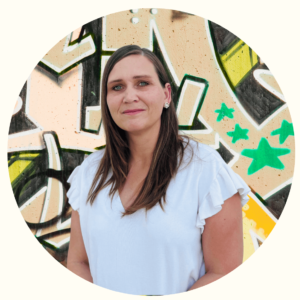
Natalie is a blogger with Type 1 Diabetes. Natalie’s special gifts are questioning the status quo and being a rebel. She is using these gifts to question medical ‘knowledge’ and find a true cure for Type 1 Diabetes.


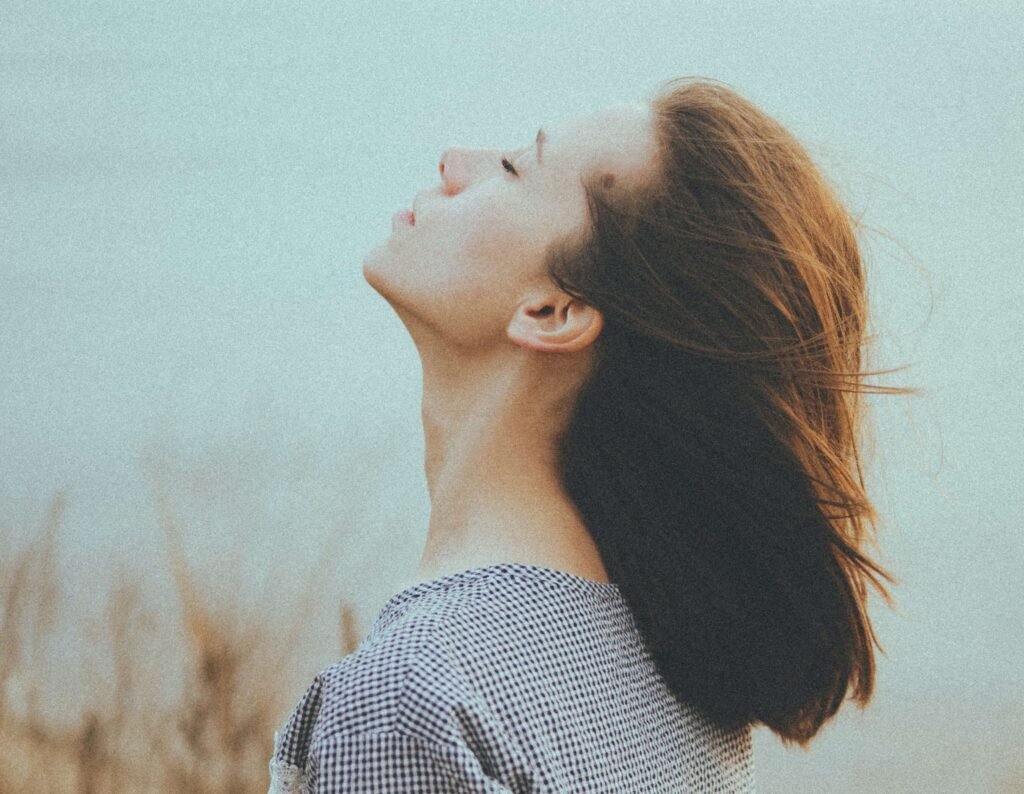

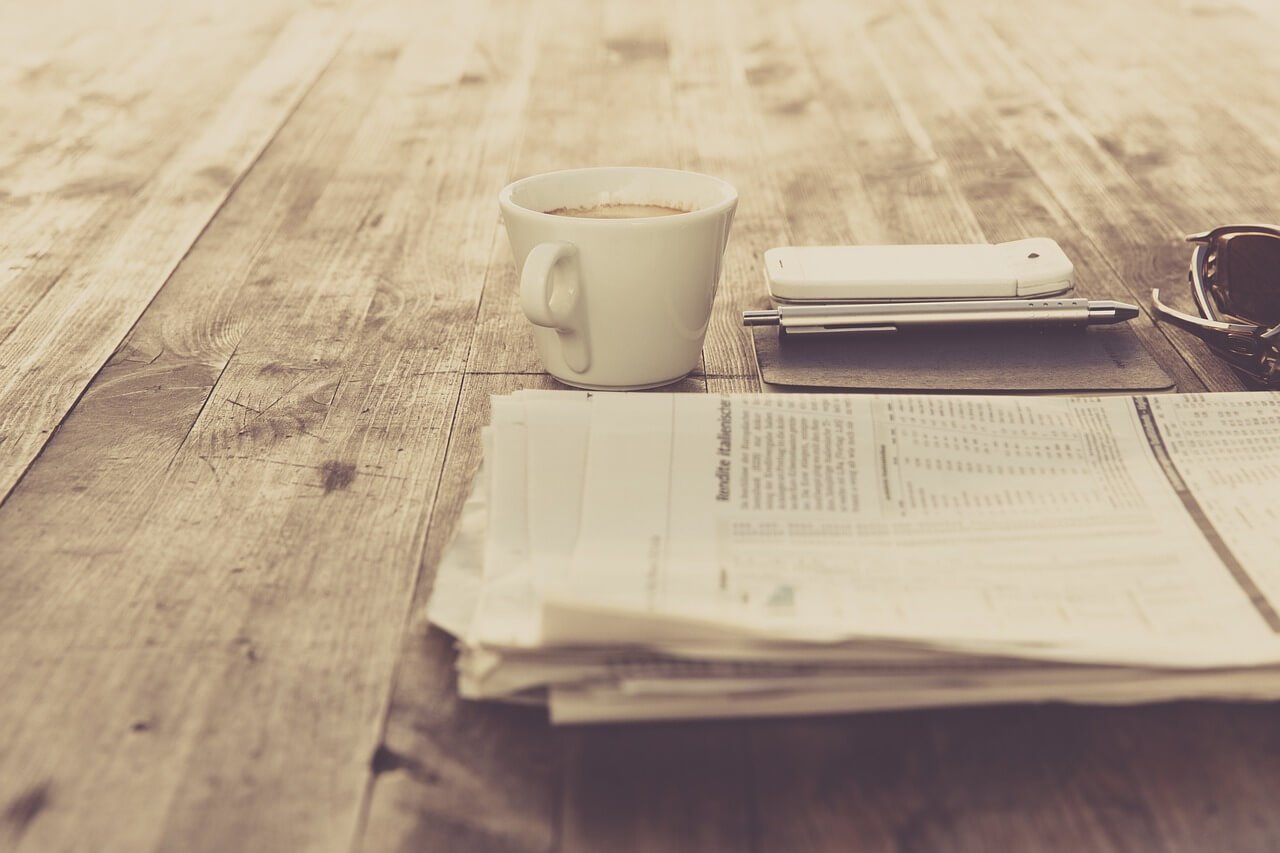
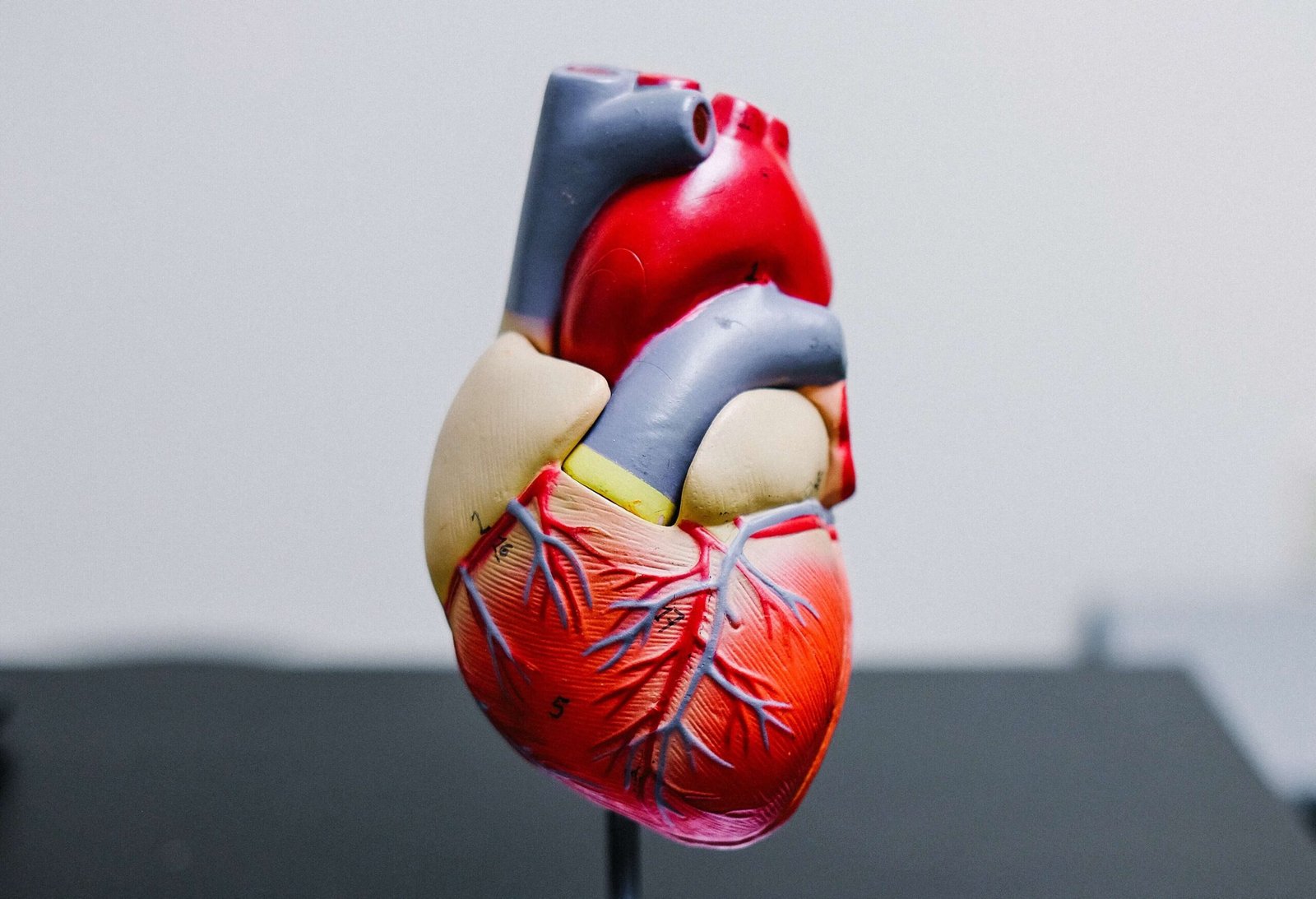
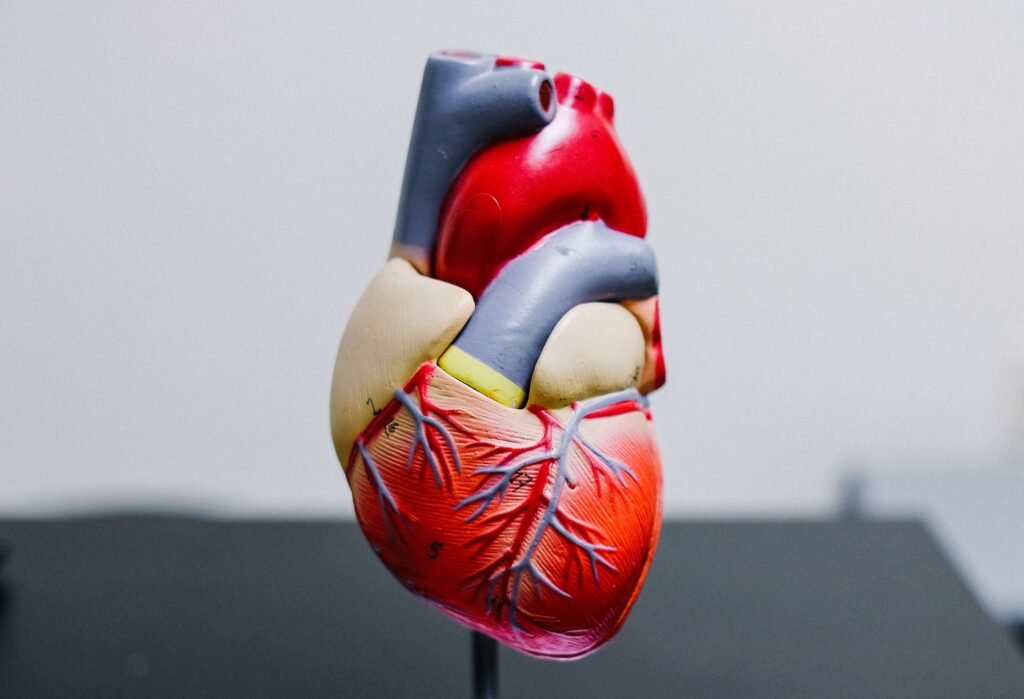
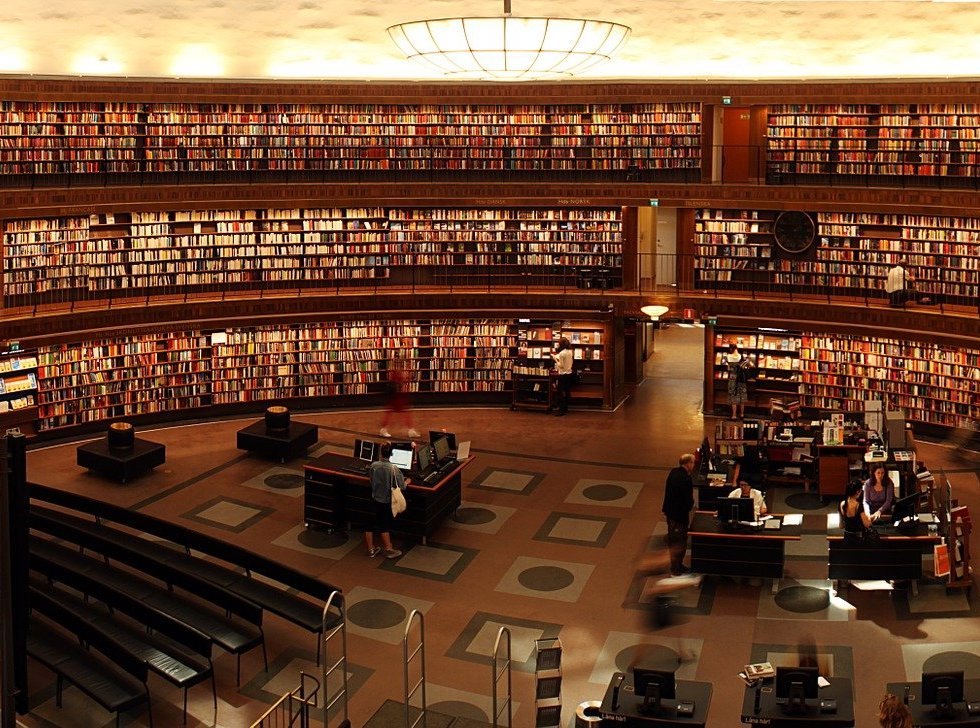

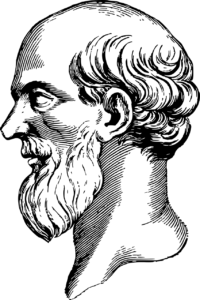


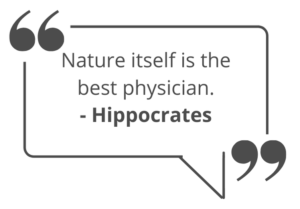
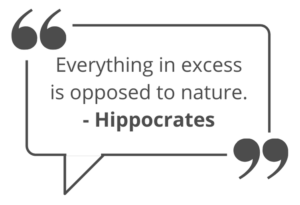

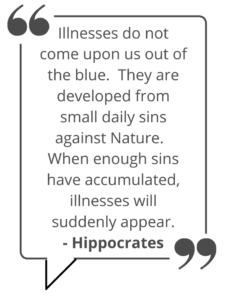
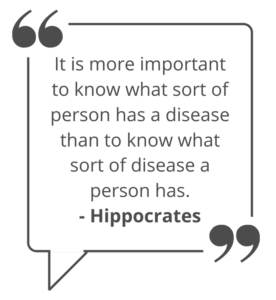
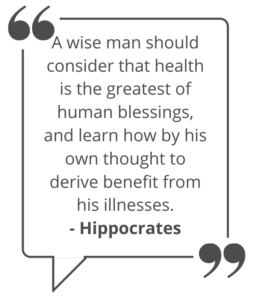
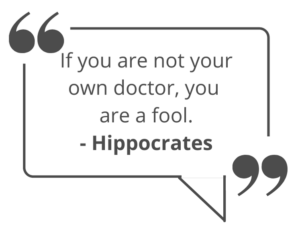
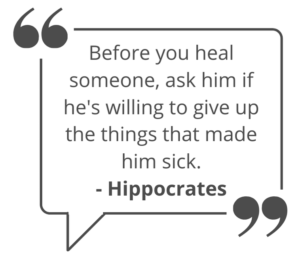

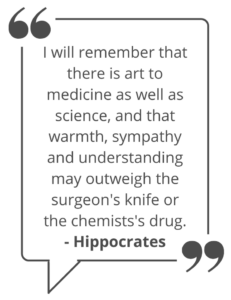
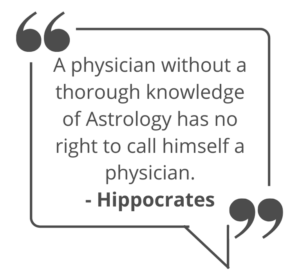
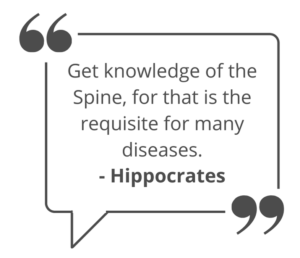
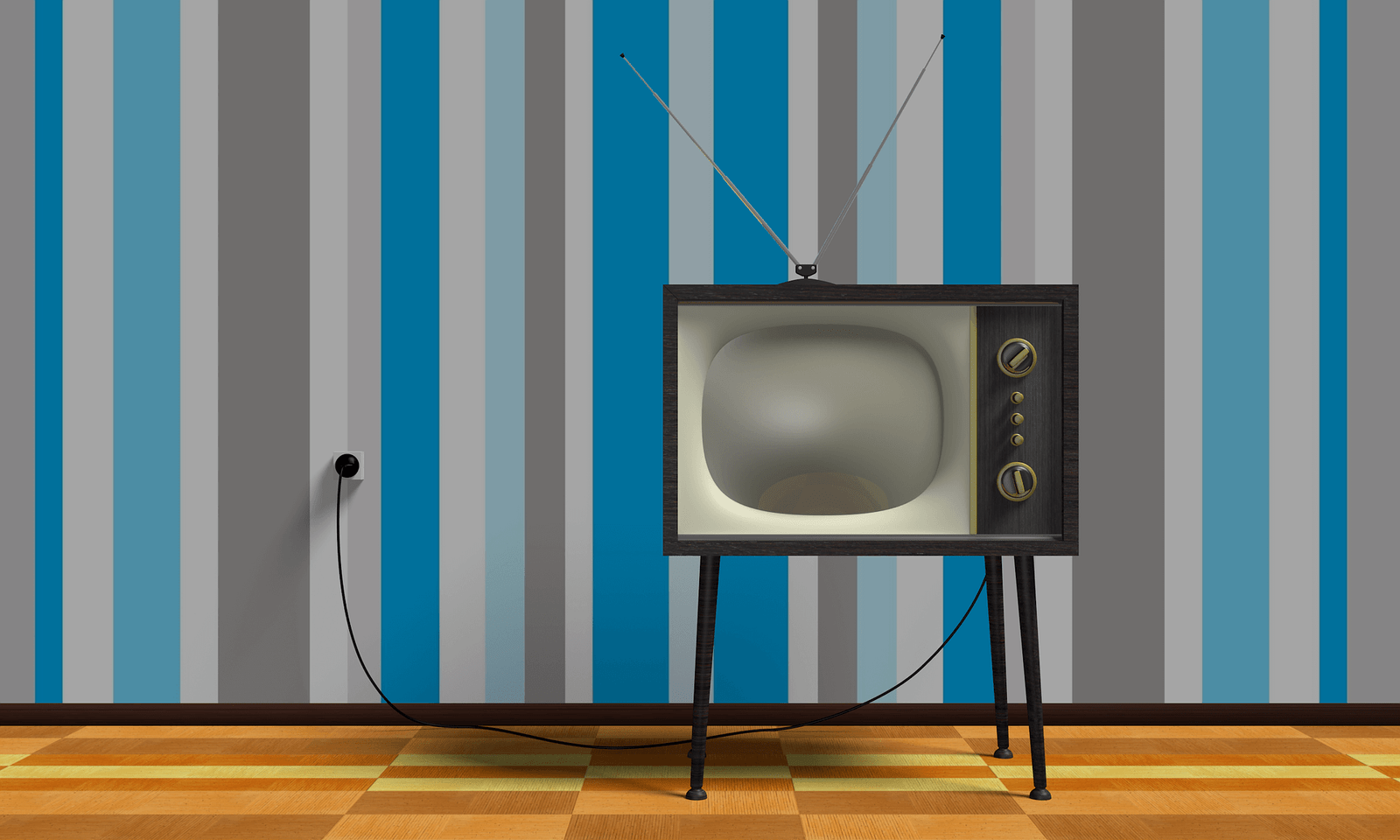



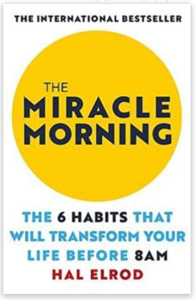

 I have heard really great things about something called
I have heard really great things about something called  The writing practice I eventually landed on was
The writing practice I eventually landed on was 
 After writing, I usually pray briefly. I like to say thanks for all the good in my life and then I select a prayer from
After writing, I usually pray briefly. I like to say thanks for all the good in my life and then I select a prayer from



Recent Comments: